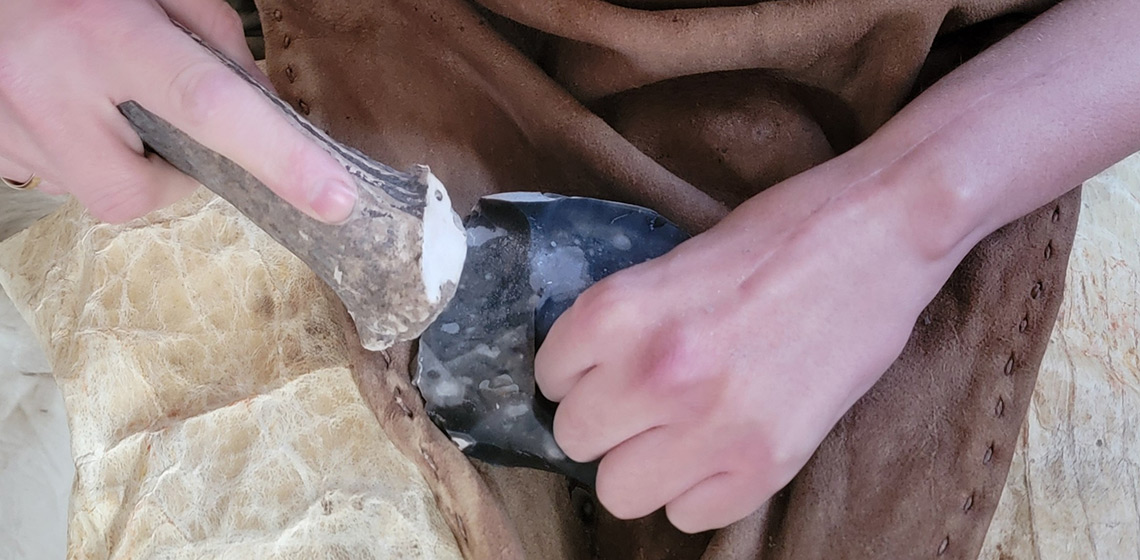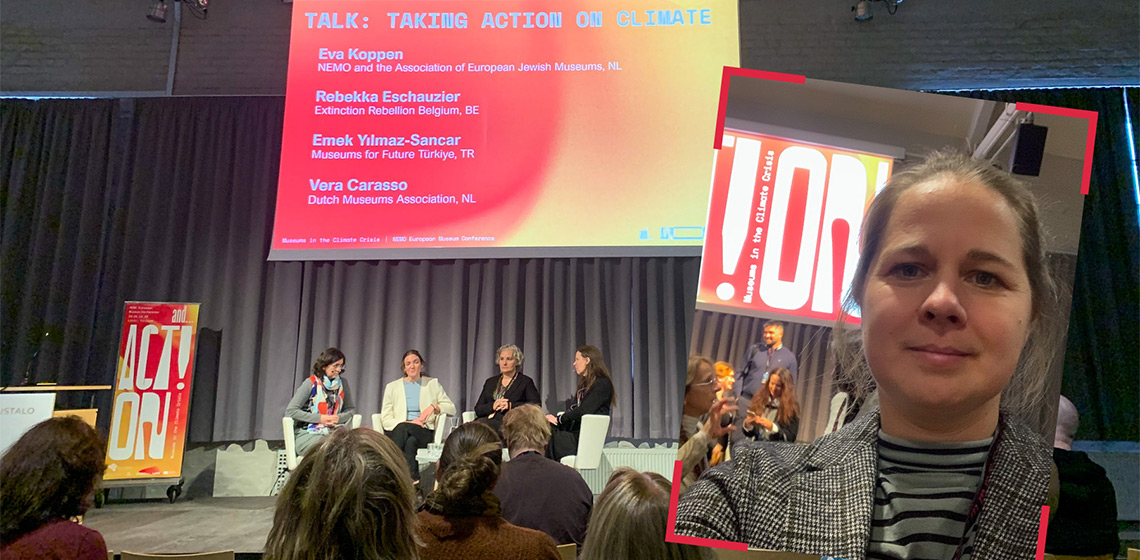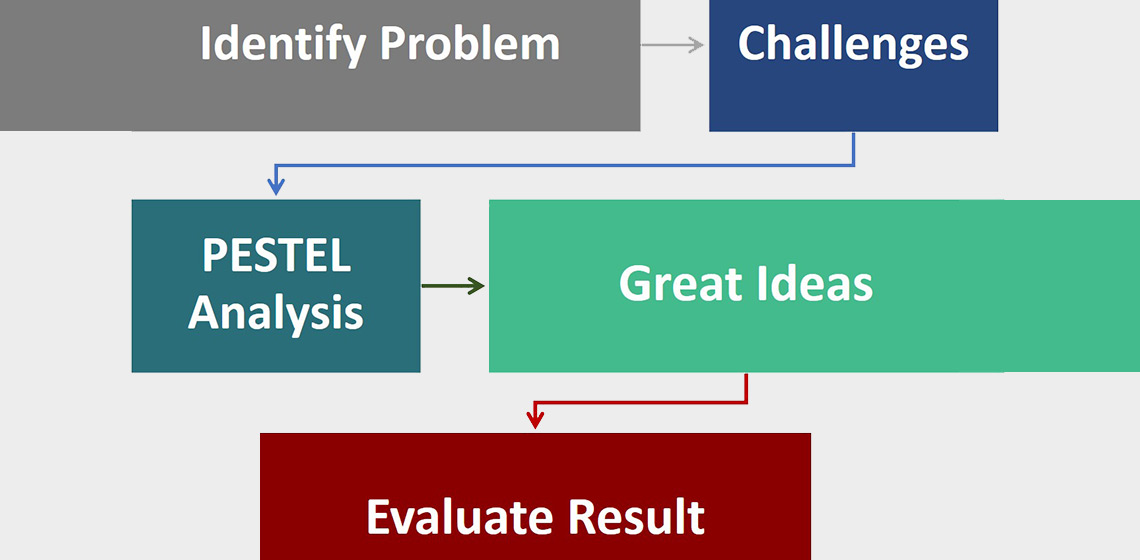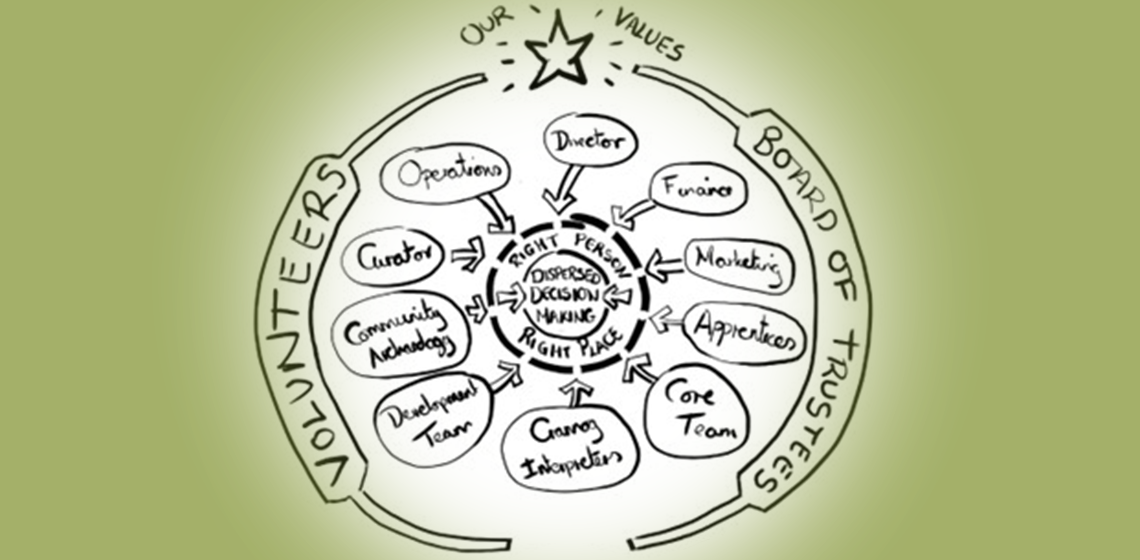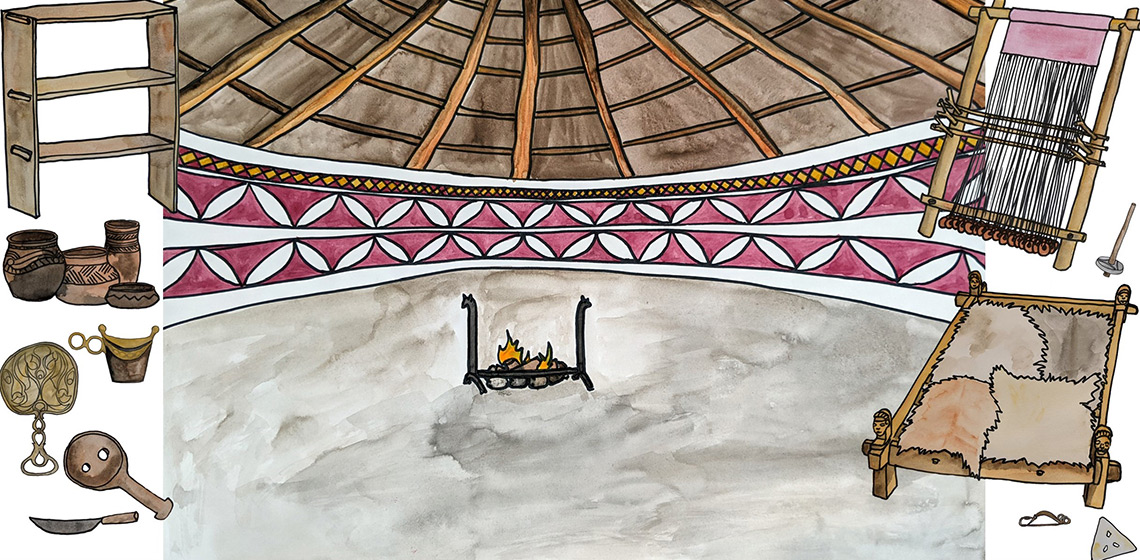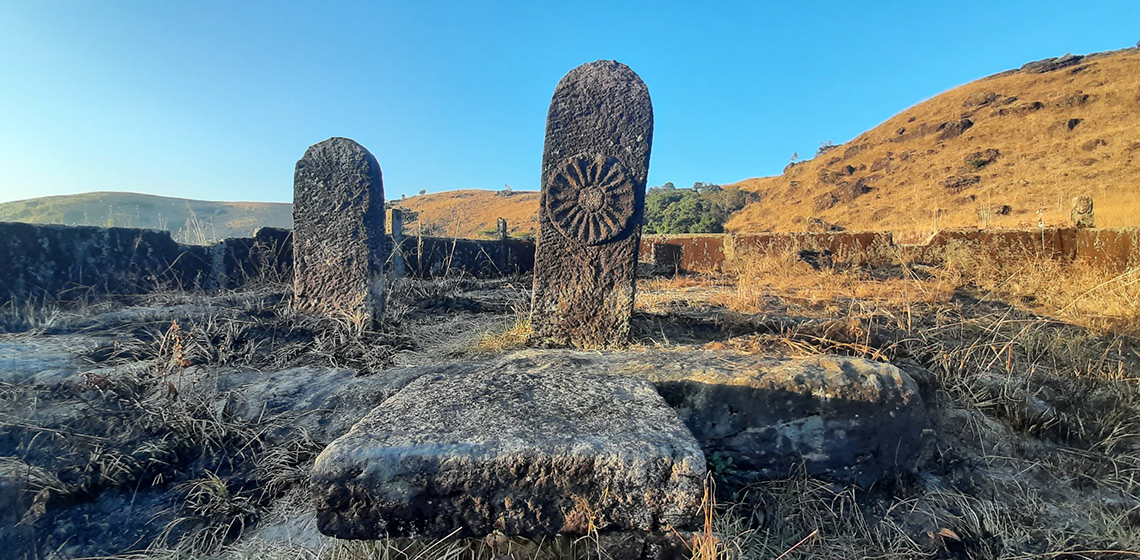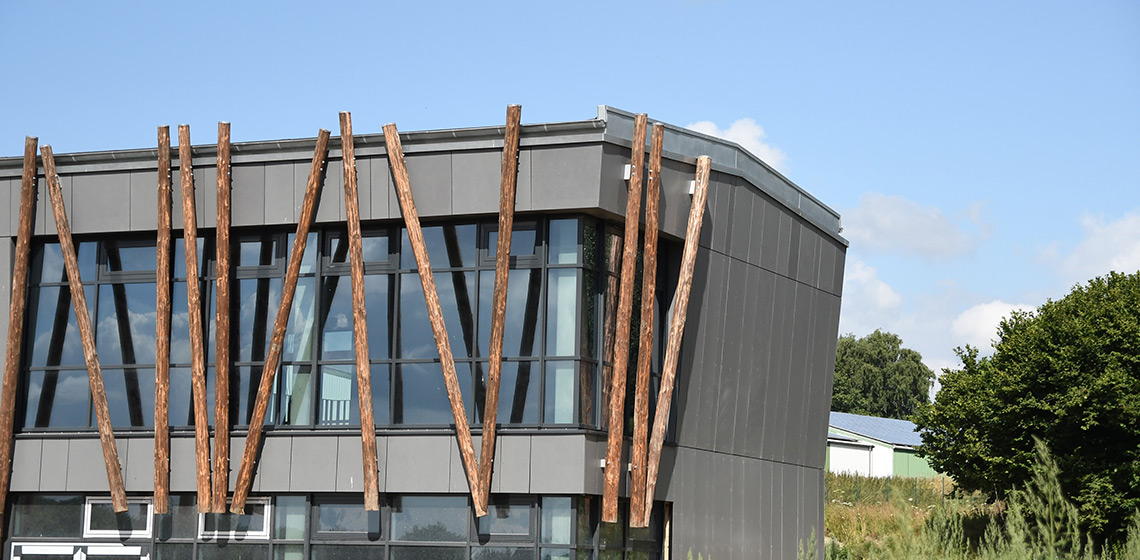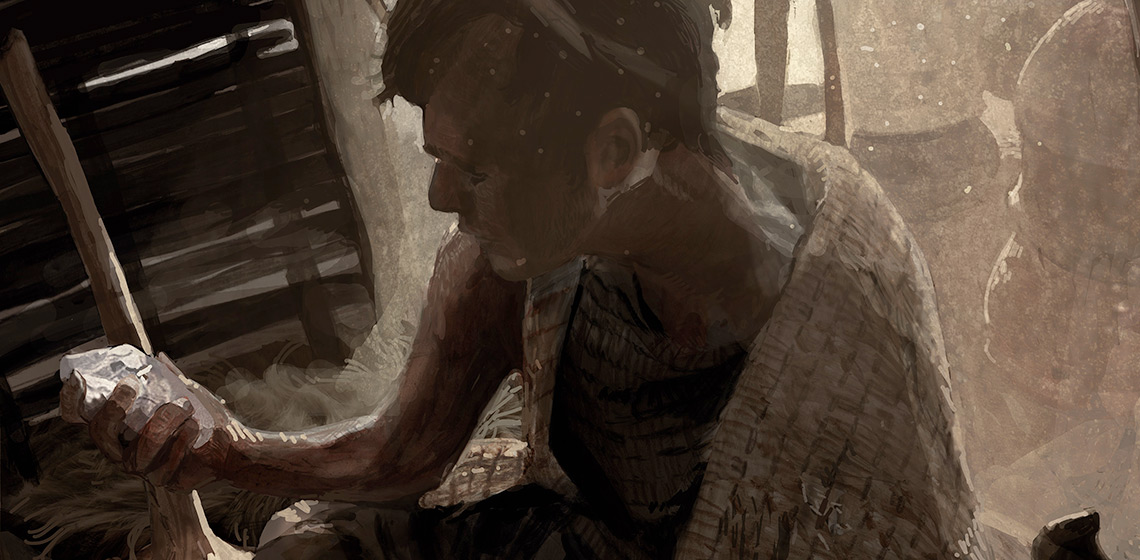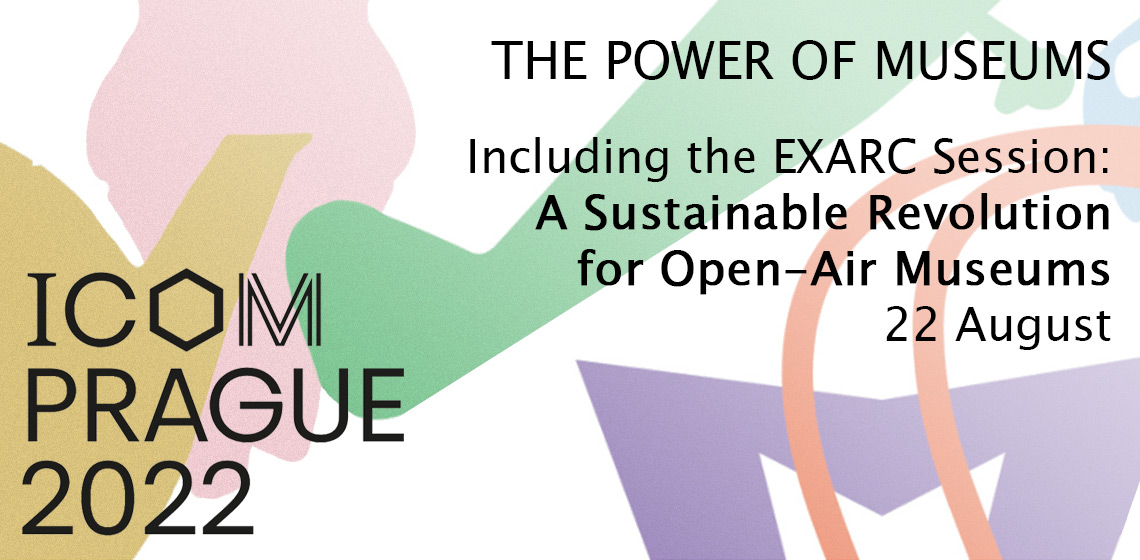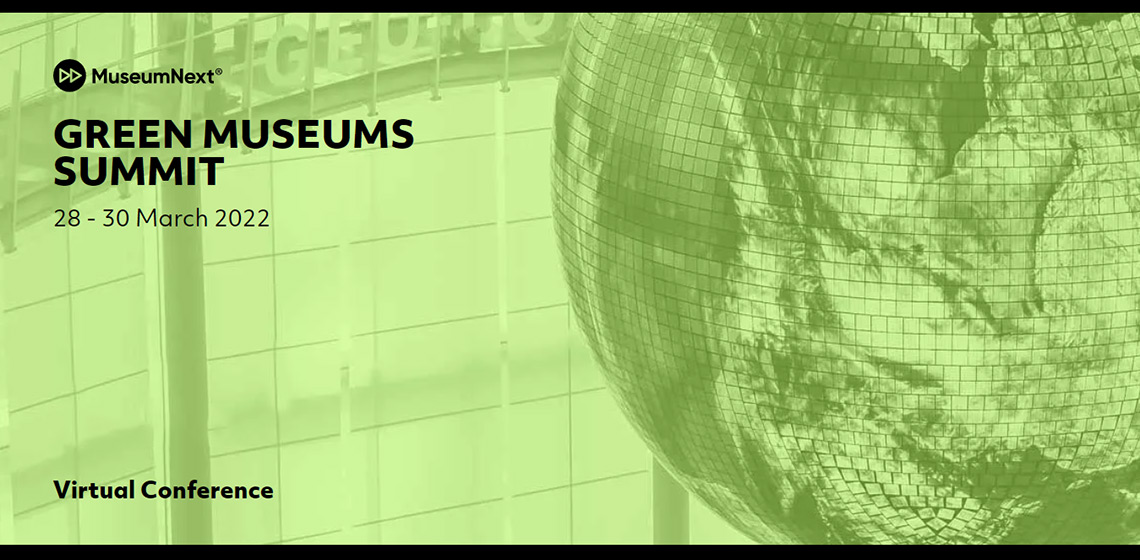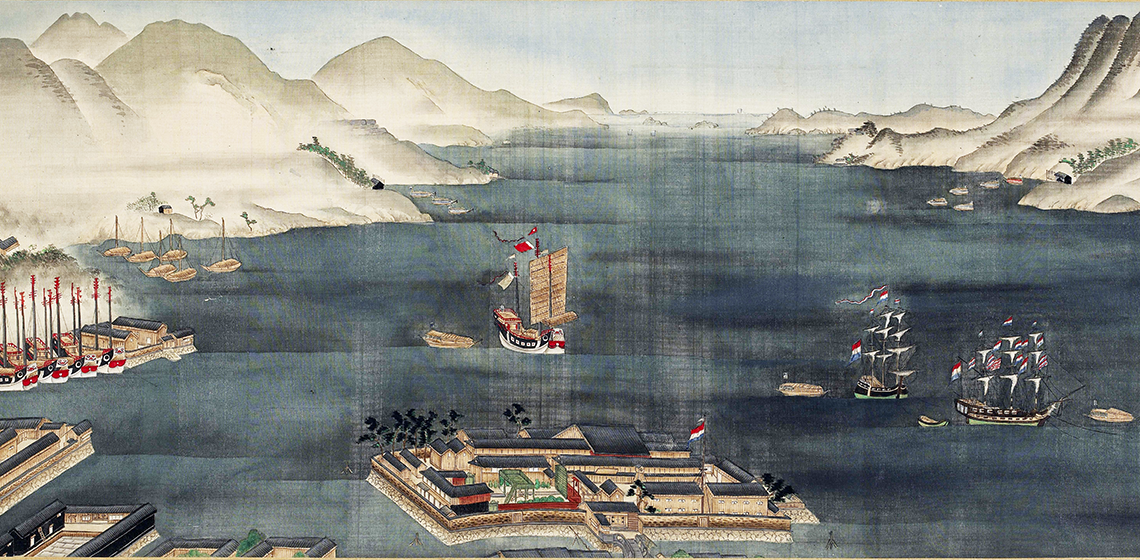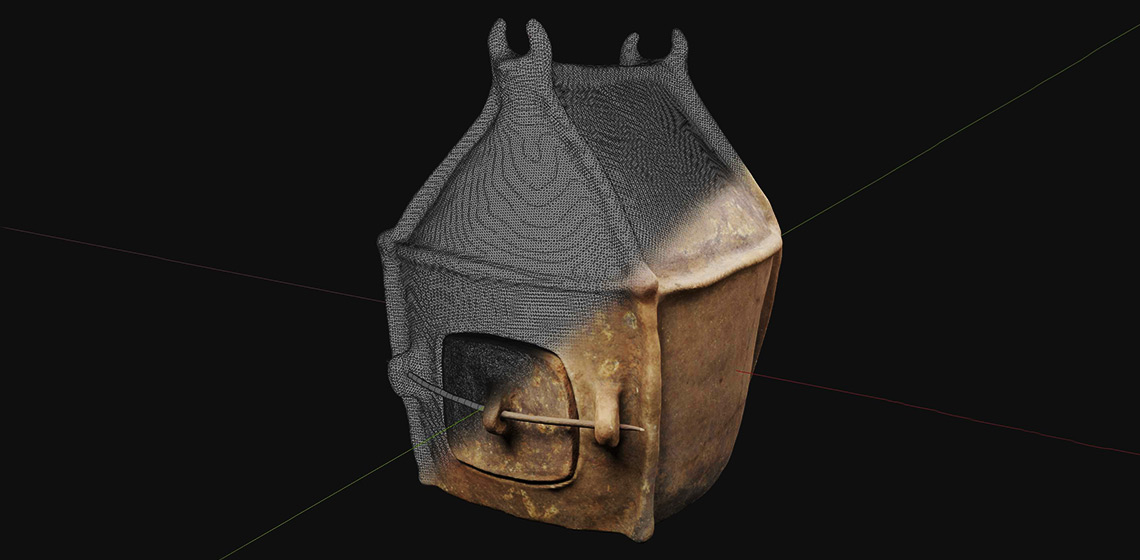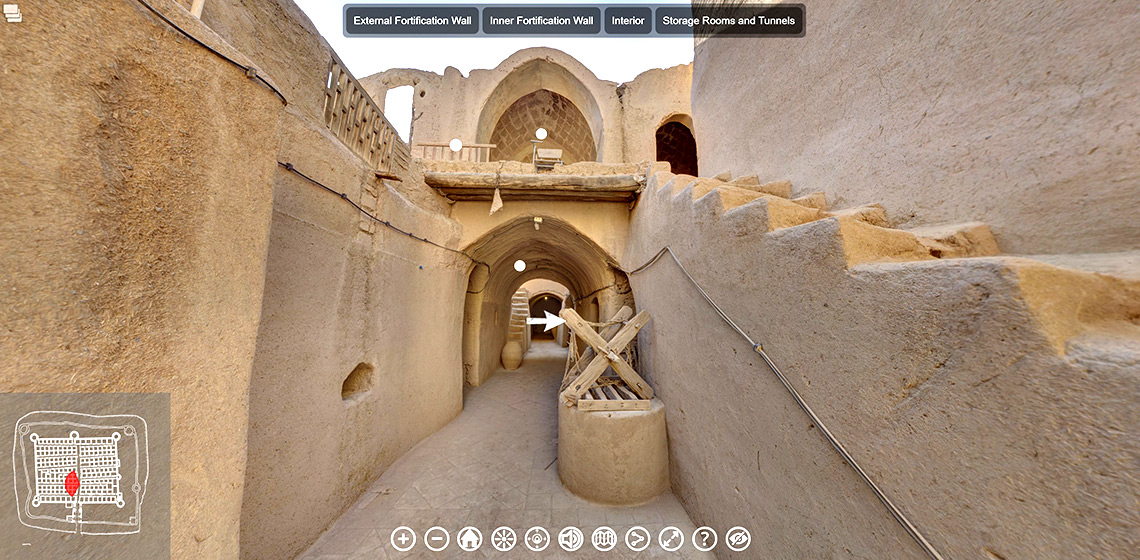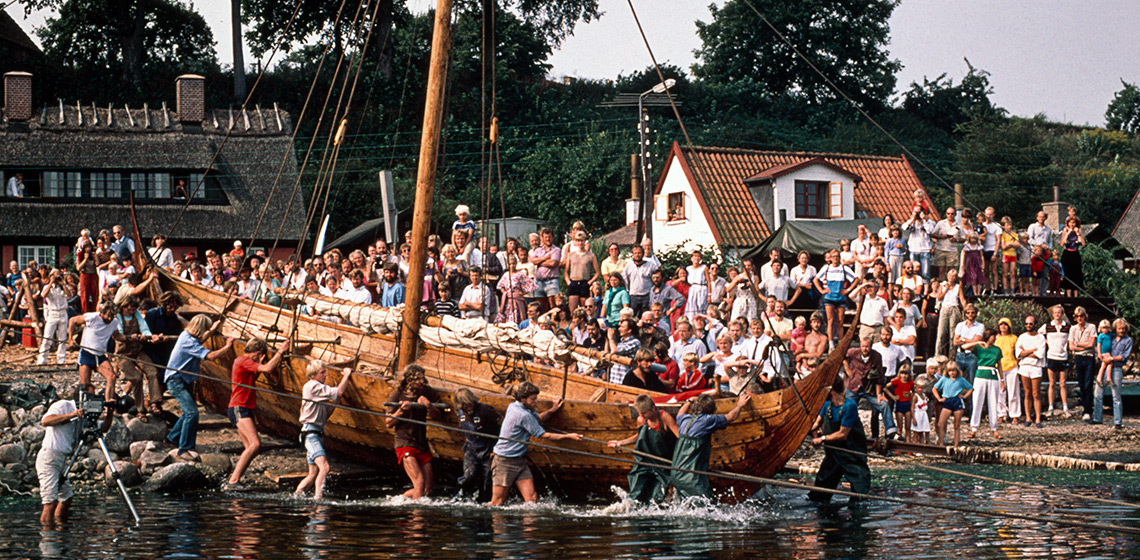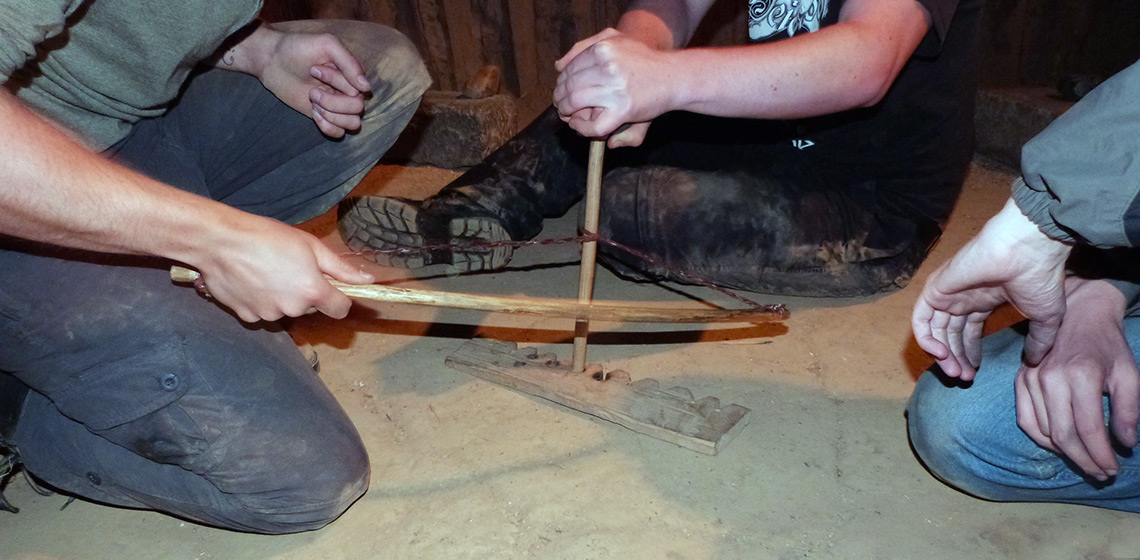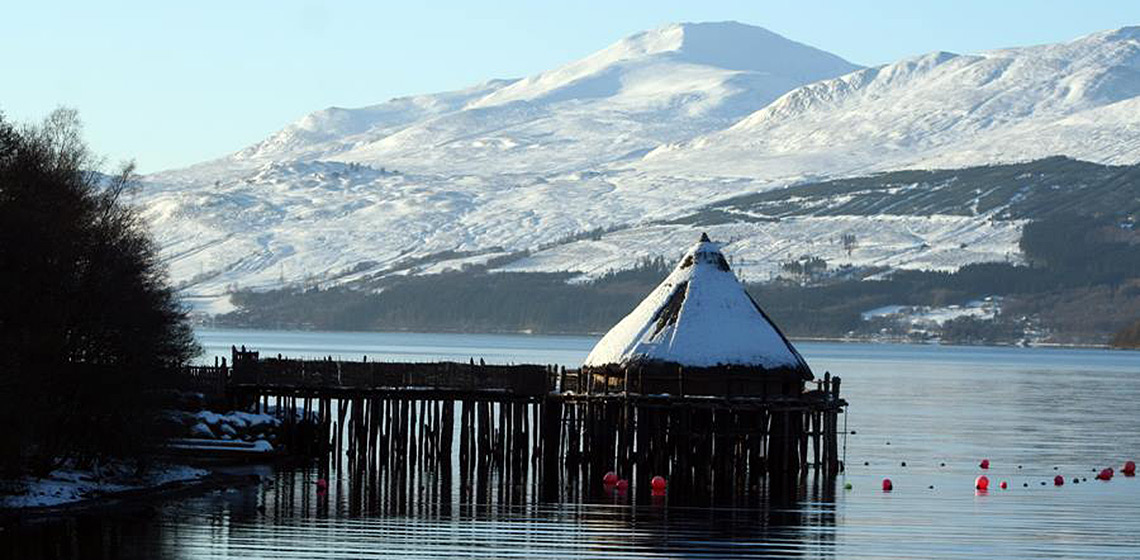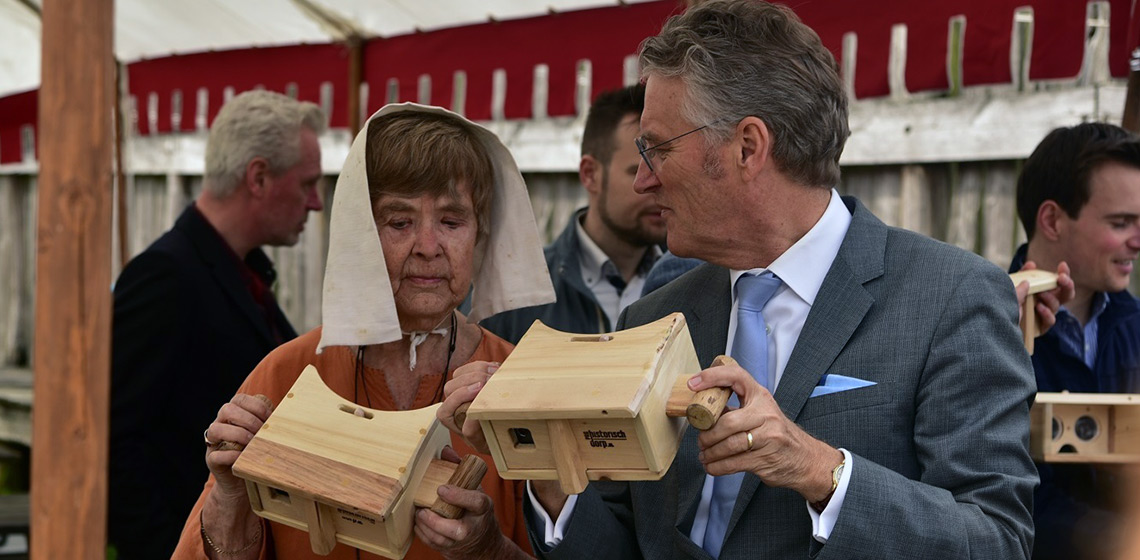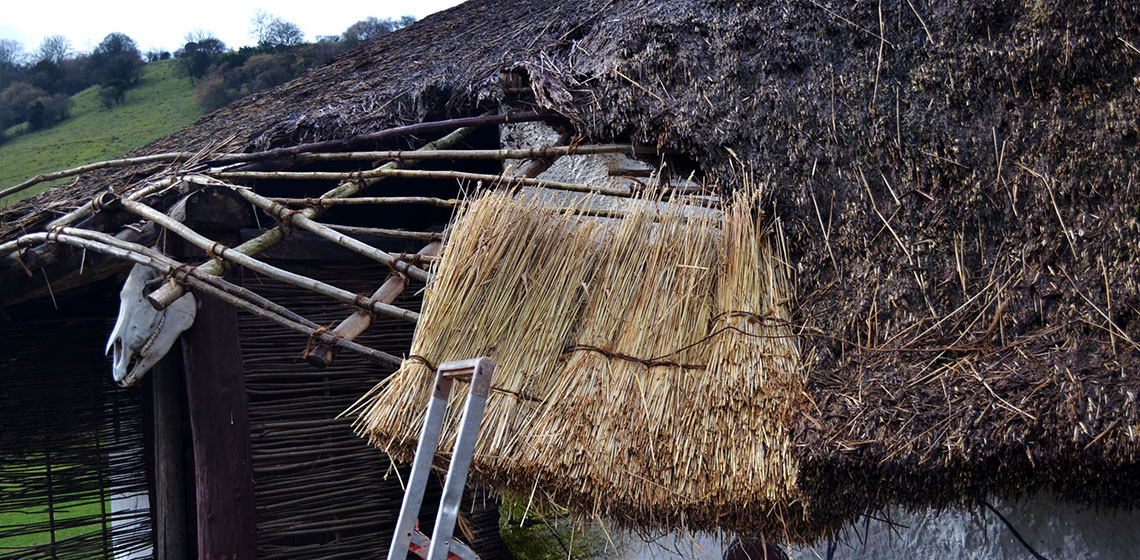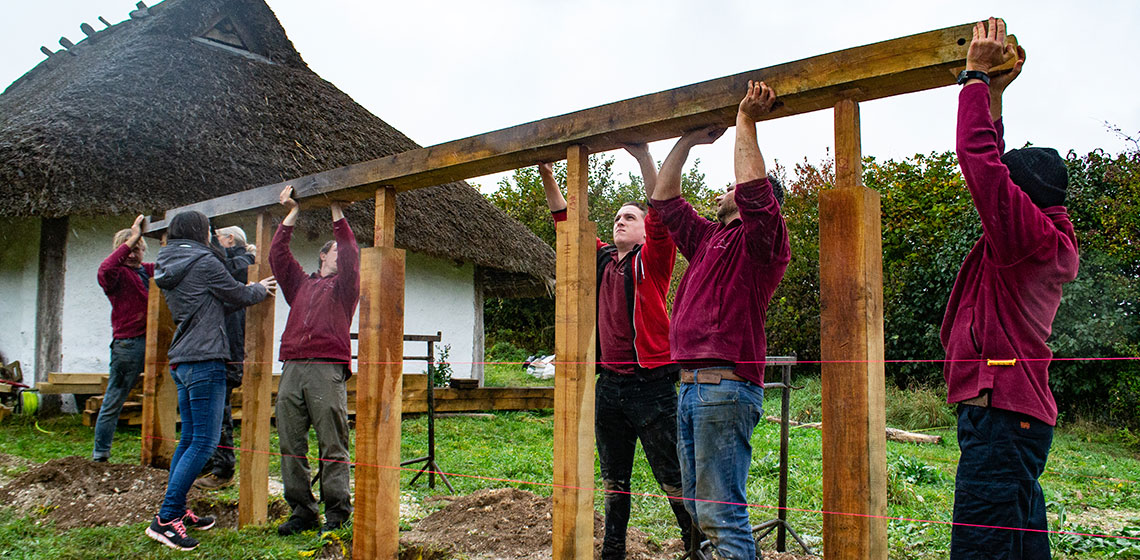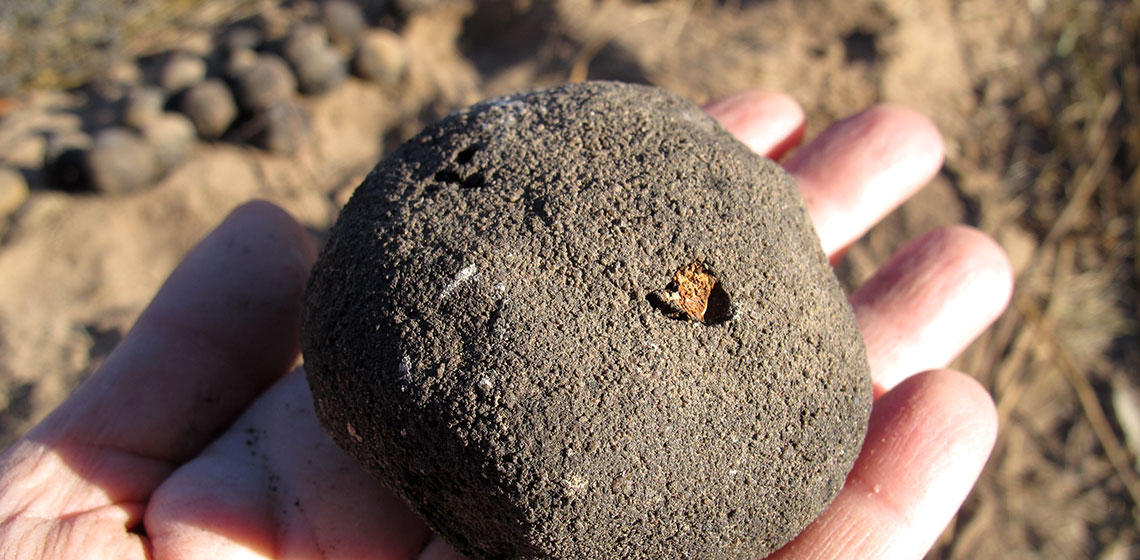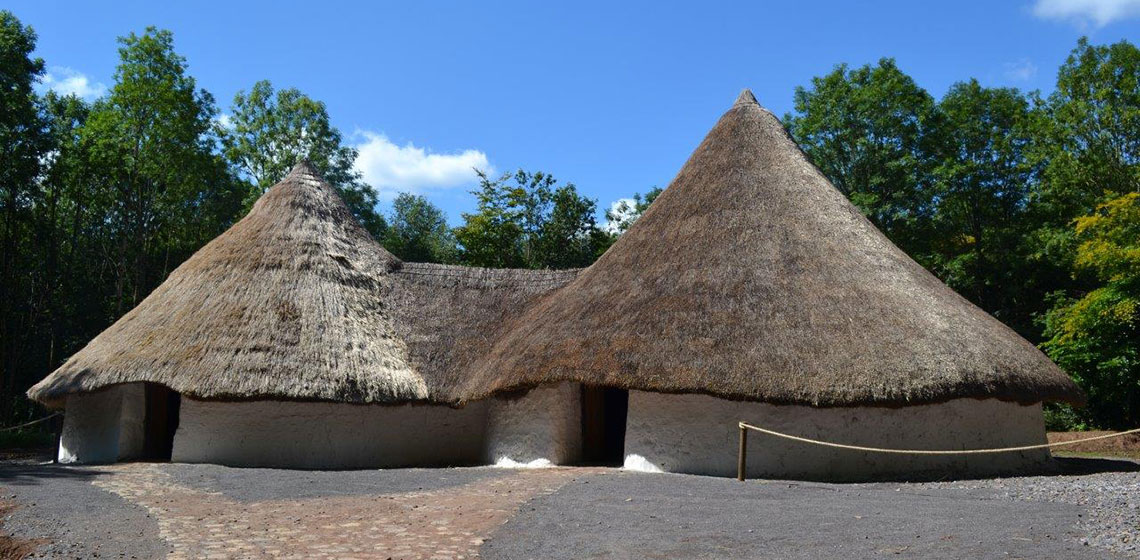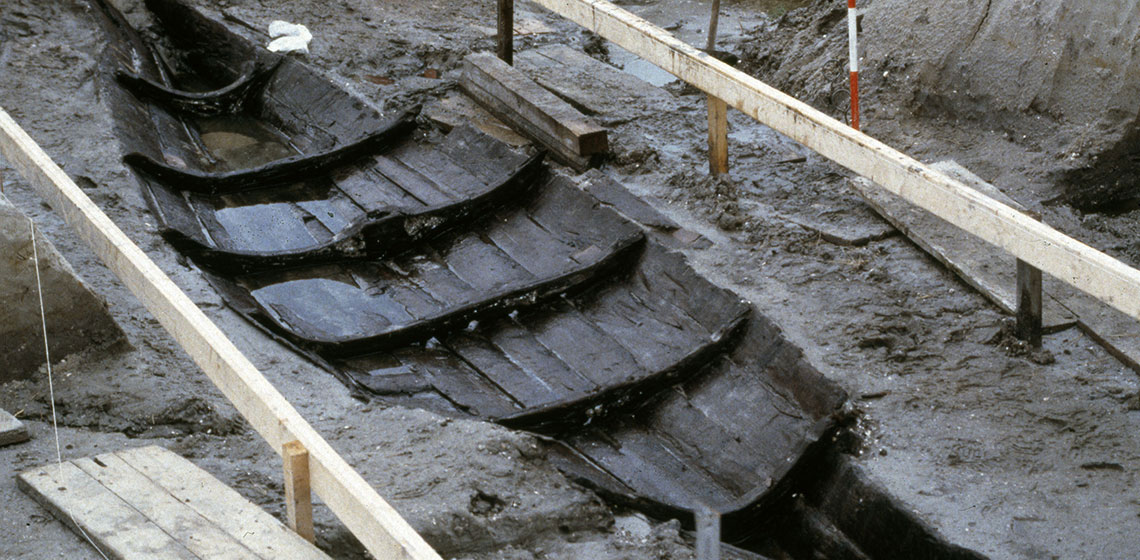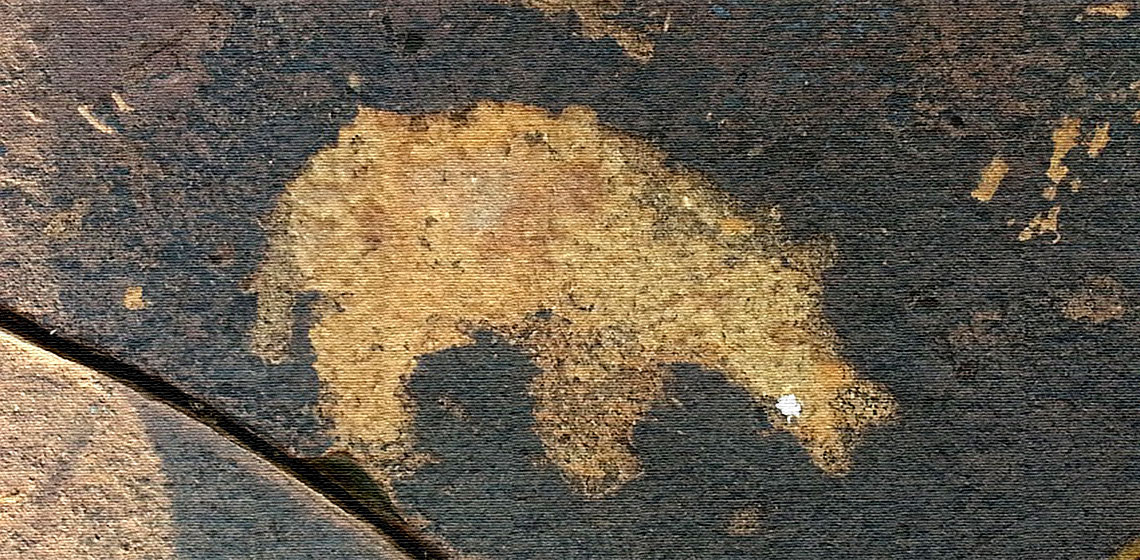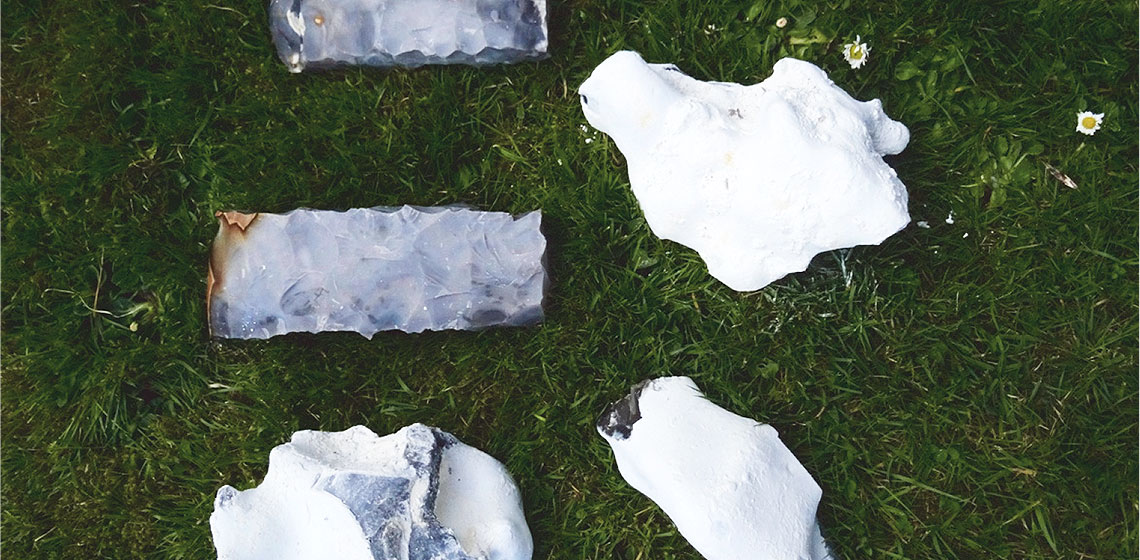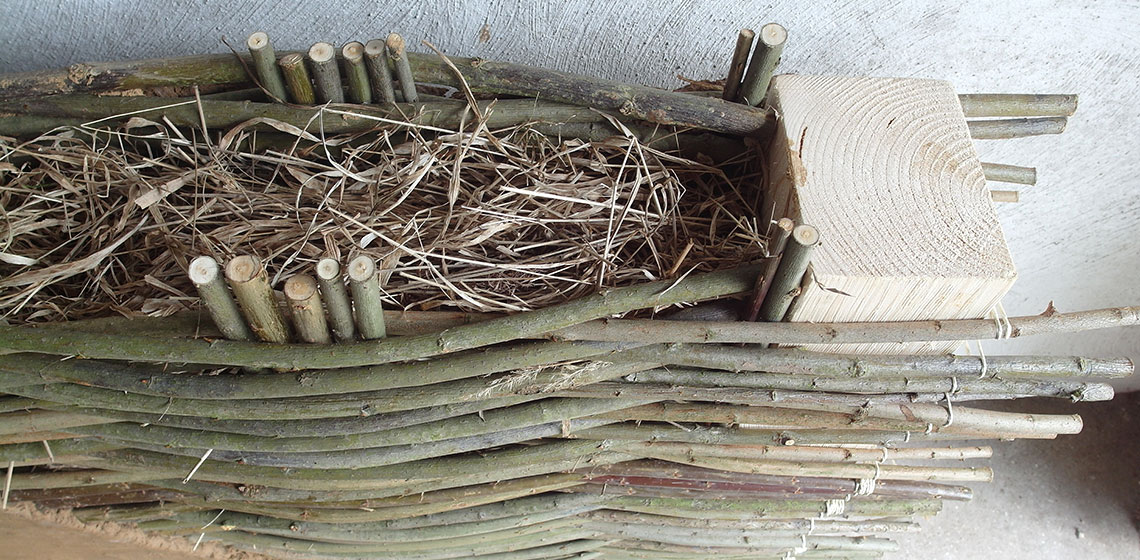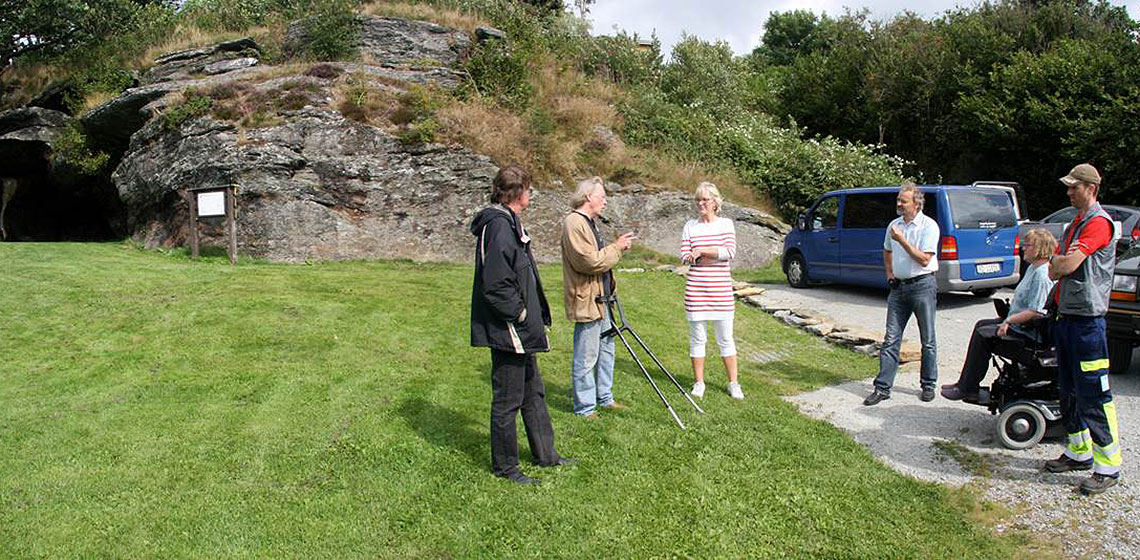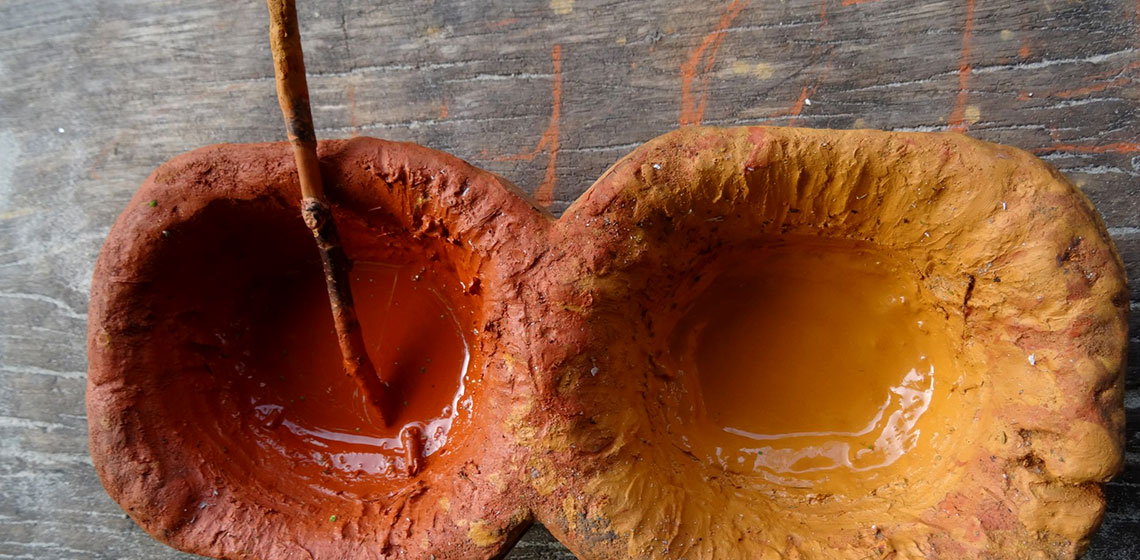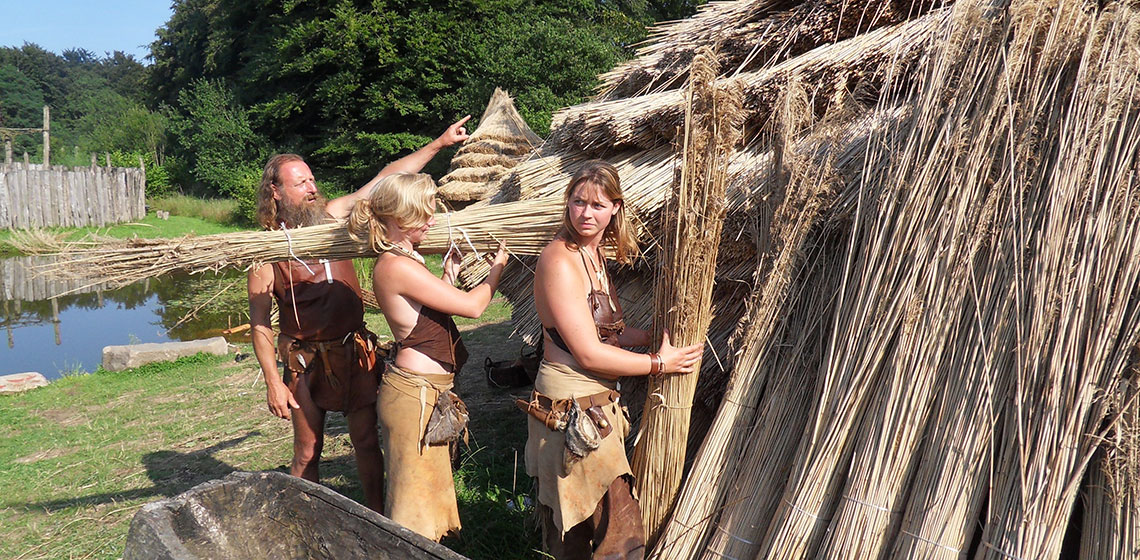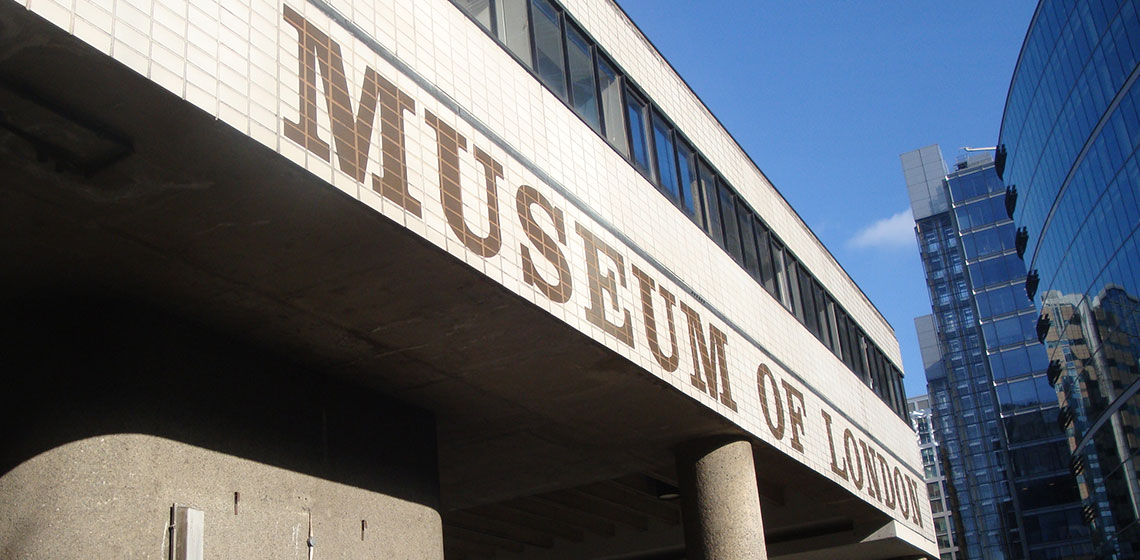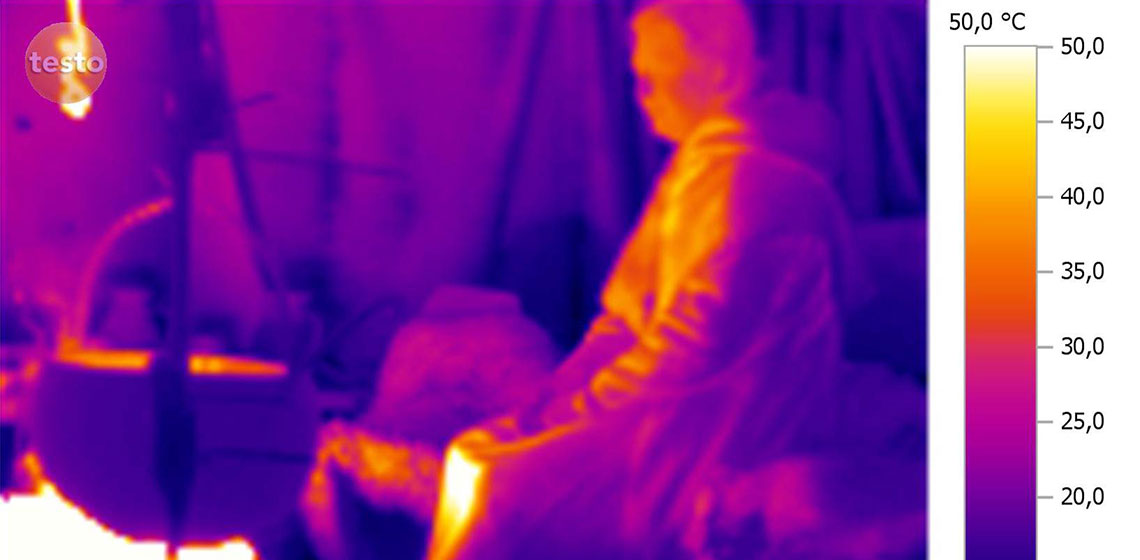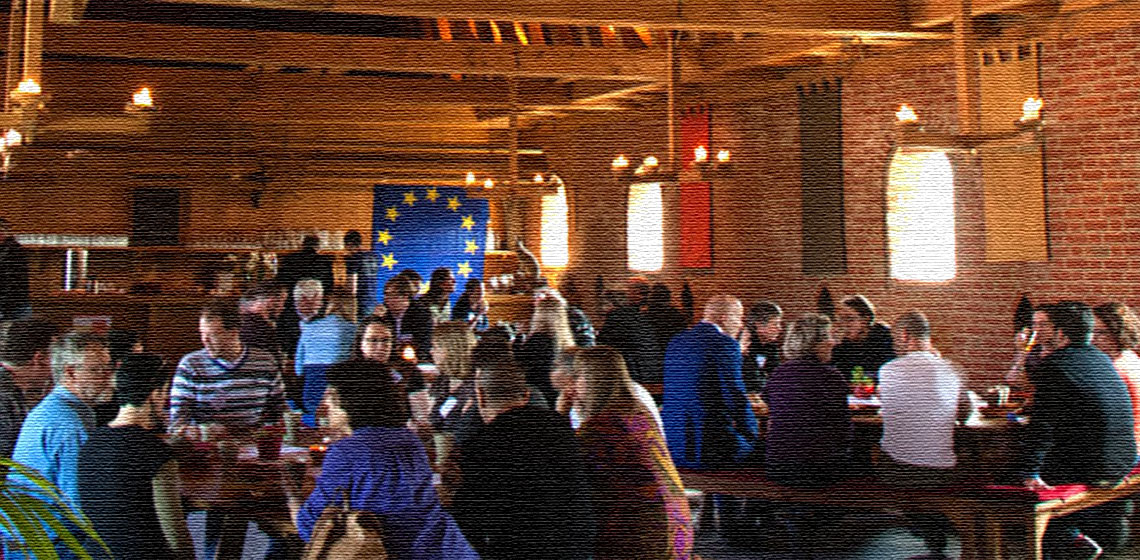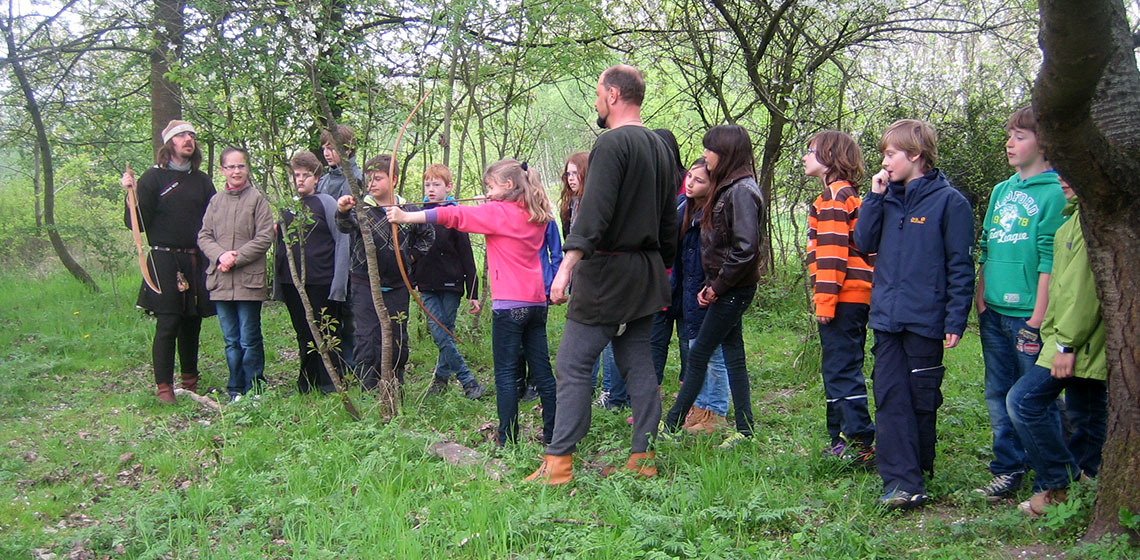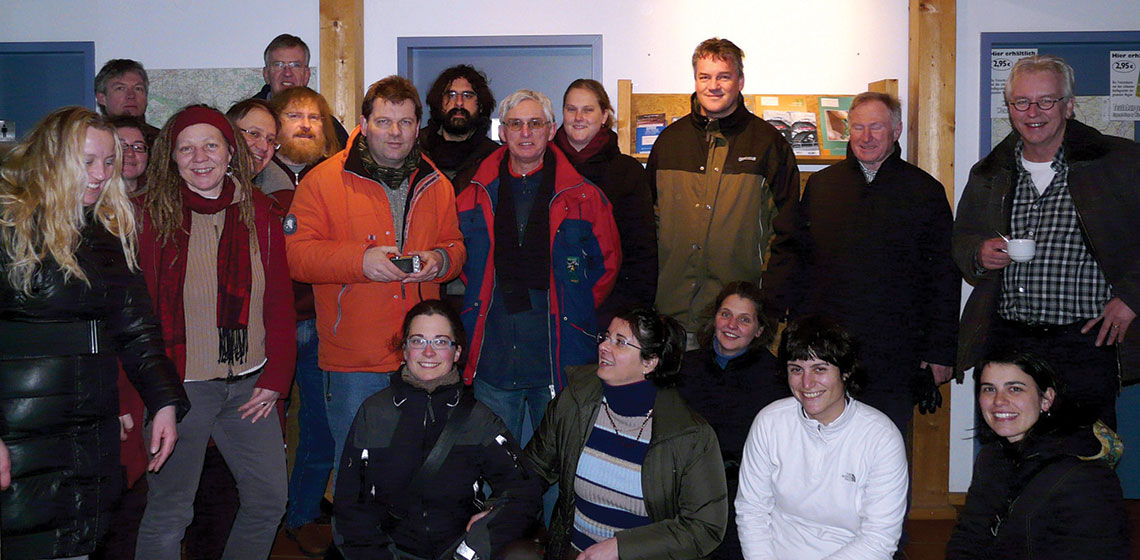The content is published under a Creative Commons Attribution Non-Commercial 4.0 License.
Themed Collections:
Sustainable Development Goals
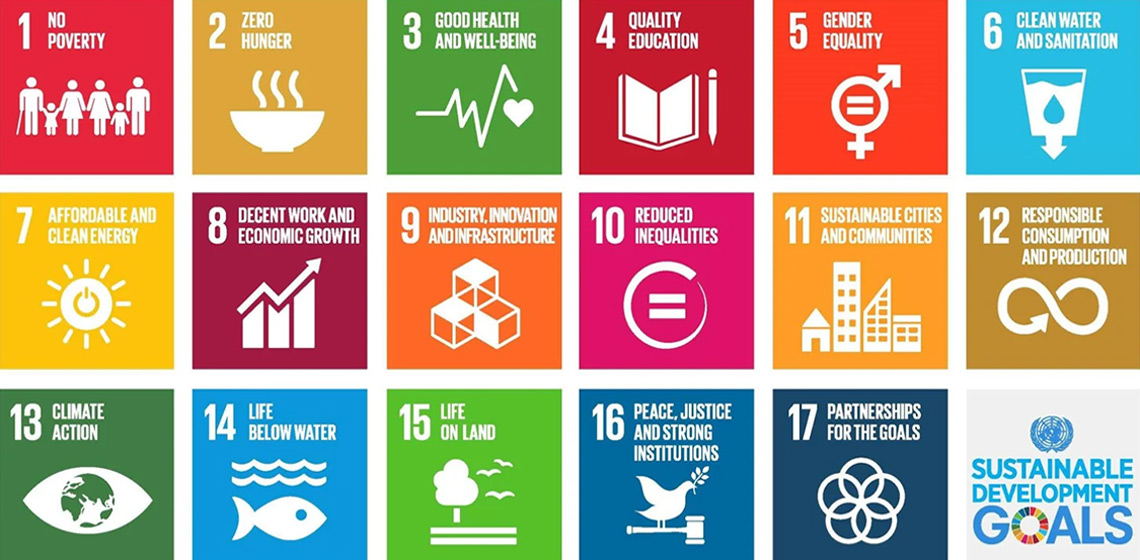
Sustainability is an issue that affects us all and EXARC is proud to support the United Nation’s Sustainable Development Goals (SDGs). How do the SDGs relate to archaeology and open-air museums? How can archaeology, and archaeologists, contribute to achieving the United Nation’s Sustainable Development Goals (SDGs)? Cultural heritage professionals inherently care about sustainability. Preservation of cultural heritage is linked to preservation of humanity and our planet, and archaeology provides a unique insight into this relationship.
Featured
Disability, Living history and Experiential Archaeology
Conference Review: ACTION! Museums in the Climate Crisis, NEMO 2023
Strategy of Presenting Prehistoric Sites Like an Open-air Stand. Why and How and from a Sustainable Development Perspective
The Scottish Crannog Centre: Sustainable Thinking through Time and Place
Exploring the Potential of Shared Authority Projects in Open-Air Museums
***As our societies become more diverse and the demographics of heritage visitors change, many open-air museums are concerned about how to remain relevant. Making a shift to an activist approach is one way museums can evolve to better serve their visitors and community. Many traditional museums have adopted this approach, but relatively few open-air museums have done so...
Breathing Life Sustainably - An Abandoned Settlement to an Open-Air Museum Twah Longwar
The Stone Age becomes Sustainable - Experiences from being an Educational Partner for Sustainable Development for more than 15 years
Call for information: Recycling in the Late Neolithic at the Vlaardingen site of Den Haag-Steynhof
The Putting life into Late Neolithic houses project looks at all the different aspects of what life could have been like for “the people in the Rhine/Meuse delta at about c. 2900 – 2500 BC.” (www.puttinglife.com). This is not only done by academic research, experiments, and material analysis, but also through illustrations produced by archaeological reconstruction illustrator Kelvin Wilson.
Conference Review: The ICOM Museum Convention in Prague, August 2022
Conference Review: ”Green Museum Summit“ organised by MuseumNext
Discussion: Inclusivity in historical interpretation: Who has access and who is erased?
Ancient Technologies in Contexts of the Sustainable Development Goals
***The demand for innovative solutions to pressing ecological and societal challenges is on a constant rise. Ancient technologies provide extensive yet underutilized opportunities to help solve such problems. This paper presents three of these technologies and their successful application in modern contexts based on five illustrating case studies...
Cooperating to Create a Greater Impact - The Case Study of ‘DEJIMA Transcending Time Itself’
Blending the Material and the Digital: A Project at the Intersection of Museum Interpretation, Academic Research, and Experimental Archaeology
The Development of the 1st Cultural Exchange of Traditional Knowledge and Experimental Practices of the Peruaçu River Basin
Digital Saryazd: Increasing Tourist Engagement Using Digital Documentation
Roar Ege: The Lifecycle of a Reconstructed Viking Ship
***In 1962, the remains of five late Viking Age ships were excavated from Roskilde Fjord, near Skuldelev on the Danish island of Zealand (See Figure 1: Crumlin-Pedersen and Olsen, 2002). Twenty years later, the Viking Ship Museum in Roskilde began the process of building its first full-scale Viking ship reconstruction, the 14 m long coastal transport and trading vessel, Skuldelev 3.
The Use and Relevance of Archaeological Open-Air Museums
Reaching Out to the Communities We are Here to Serve: Developments at the Scottish Crannog Centre
Everybody Else is doing It, so Why Can’t We? Low-tech and High-tech Approaches in Archaeological Open-Air Museums
The Effect of Climate Change in Experimental Archaeology
Butser Ancient Farm: An Internship Full of Senses
Re-Creating an Aboriginal Earth Oven with Clayey Heating Elements: Experimental Archaeology and Paleodietary Implications
Now we’re Cooking with Gas! How Experimental Archaeology Challenges Modern Assumptions about Metal Recycling
Build It and They Will Come: Managing Archaeological Open-Air Museums in Britain for Stability
Museums as Good Places
It was a bold and challenging brief. The trustees decided to commission two alternative reports. They invited Patrick Geddes, the pioneering biologist, sociologist, environmentalist, social reformer and city planner, to produce one of these, and T. H. Mawson the other. For Geddes, this was an opportunity to bring together his life's work across many disciplines in one visionary scheme. He spent months, with the assistance of a photographer, recording almost every square yard of the city, before submitting his plan.
The Gislinge Boat Open Source Project: An Old Boat and a New Idea
The Best Way of Preserving Something is to Educate about it - Educational Centres in South Africa
Recycled Flint Cores as Teaching Tools: Flintknapping at Archaeological Open-Air Museums
An Energy Saving House from 3400 Years Ago
Towards a Best Practise of Volunteer Use Within Archaeological Open-air Museums: an Overview with Recommendations for Future Sustainability and Growth
Access to Cultural Heritage Sites for All
Tangible and Intangible Knowledge: the Unique Contribution of Archaeological Open-Air Museums
***Over the years my personal research interests have focussed on the less tangible elements of the past, such as gender issues, perishable material culture, and the sensory worlds of the past, but all of these have been underpinned by a longstanding appreciation of the role experimental archaeology can play as...
Making Butser Ancient Farm More Accessible
The Steinzeitpark Dithmarschen (DE): Concept and Development of a Visitor Oriented Educational Centre for Sustainable Development
***What does a Stone Age village or Stone Age house look like? (Almost) every person that we happen to randomly meet can answer this question with (subjectively recognized) certainty. Since the research of the 19th century, the knowledge people assume to have is based, not lastly, on images or...
“You could See it [the Past] in your Mind”: What Impact might Living History Performance Have on the Historical Consciousness of Young People?
Combining theoretical perspectives with two case studies carried out in 2008 with British students aged from 10-17 years old, this paper will explore how living history might contribute to the development of young people’s historical consciousness and help them to cope with the social and cultural differences which confront them when learning about the past. In particular, it will focus on the effectiveness of first- and third-person interpretation.
Living Conditions and Indoor Air Quality in a Reconstructed Viking House
***During the winter of 2011 and 2012 an archaeological indoor environment experiment was conducted in two reconstructions of the same house from the Viking Age built in Denmark. The purpose of the experiment was to examine the living conditions inside the houses during 15 weeks in wintertime...
Conference Review: Reaching Visitors Through Dialogue, Play and Experimental Archaeology. OpenArch Congress Archeon
A Playground Amongst Museums - The Bauspielplatz: from an Open-air Youth Centre to a History Experience Site - an Unusual Development
Conference Review: Didarchtik’s Final Workshop at Butser
By mid-2012, the Learning Partnership Didarchtik had come to an end with a last workshop at Butser Ancient Farm in the UK. Many subjects we had touched on over the previous two years were back on the table...
International Learning Partnership: Living History and Adult Education in the Museum
Grundtvig, Life Long Learning in Archaeological Open-Air Museums
In November 2009, the idea for launching a network on adult education in EXARC was picked up. The first step was a preparation meeting in Oerlinghausen, Germany where we met with about 20 EXARC members from almost all corners of Europe. By mid 2010, 15 organisations, including EXARC itself joined in two so called Grundtvig Learning Partnerships, funded by the European Union...


